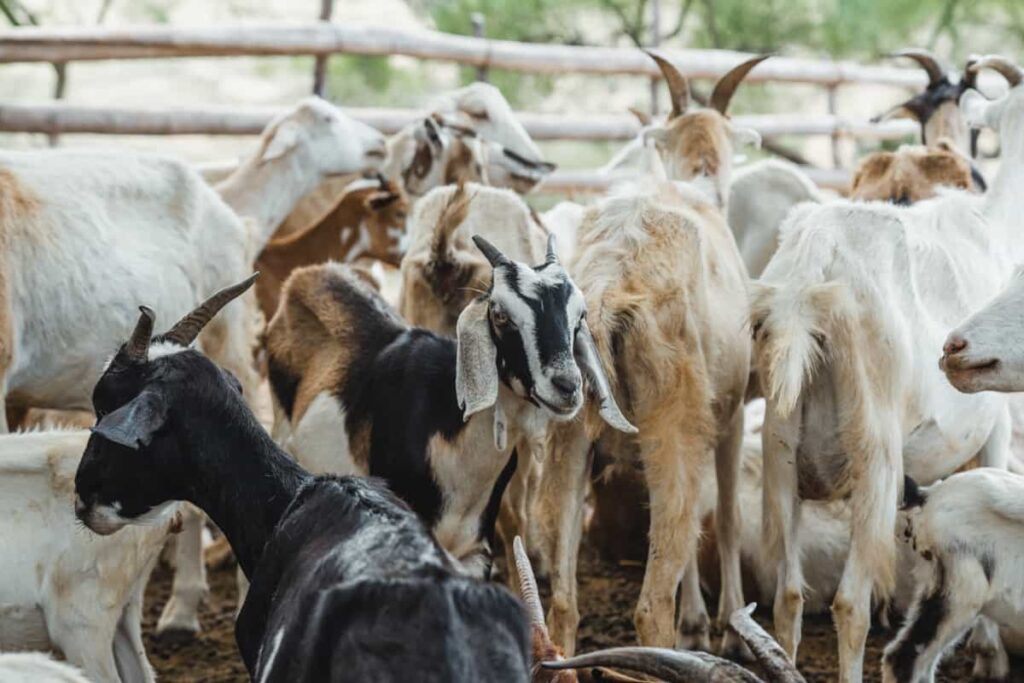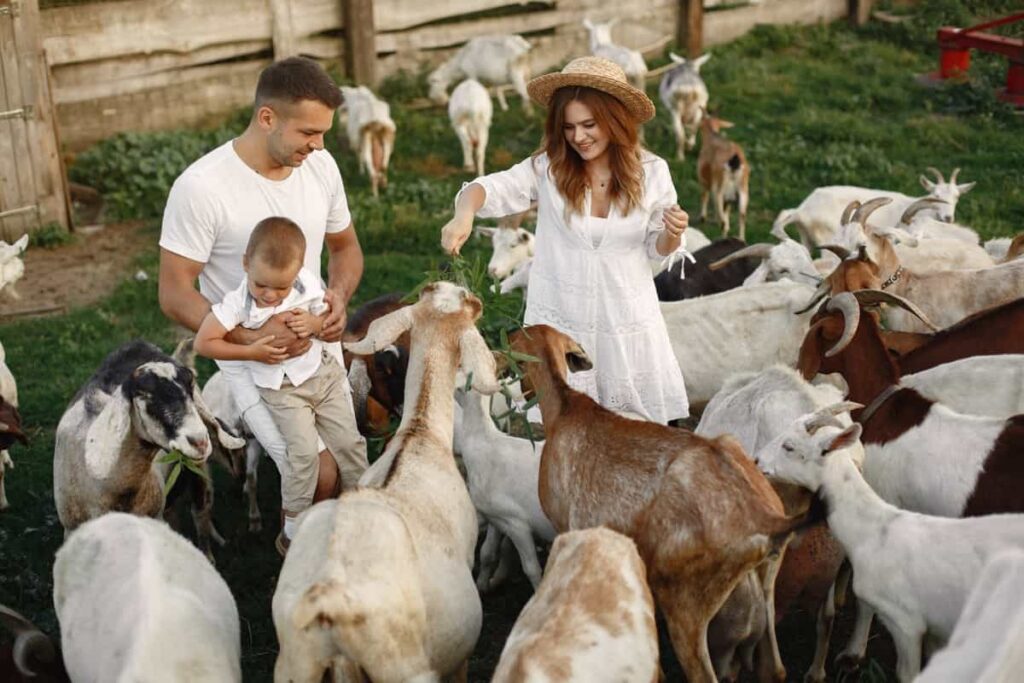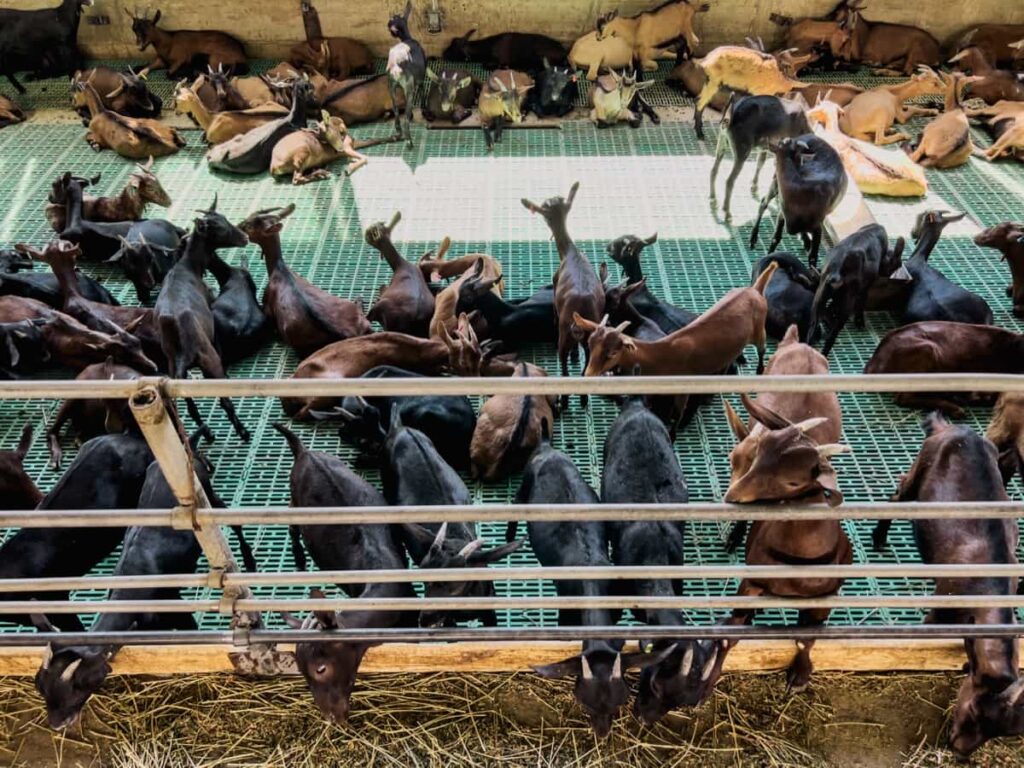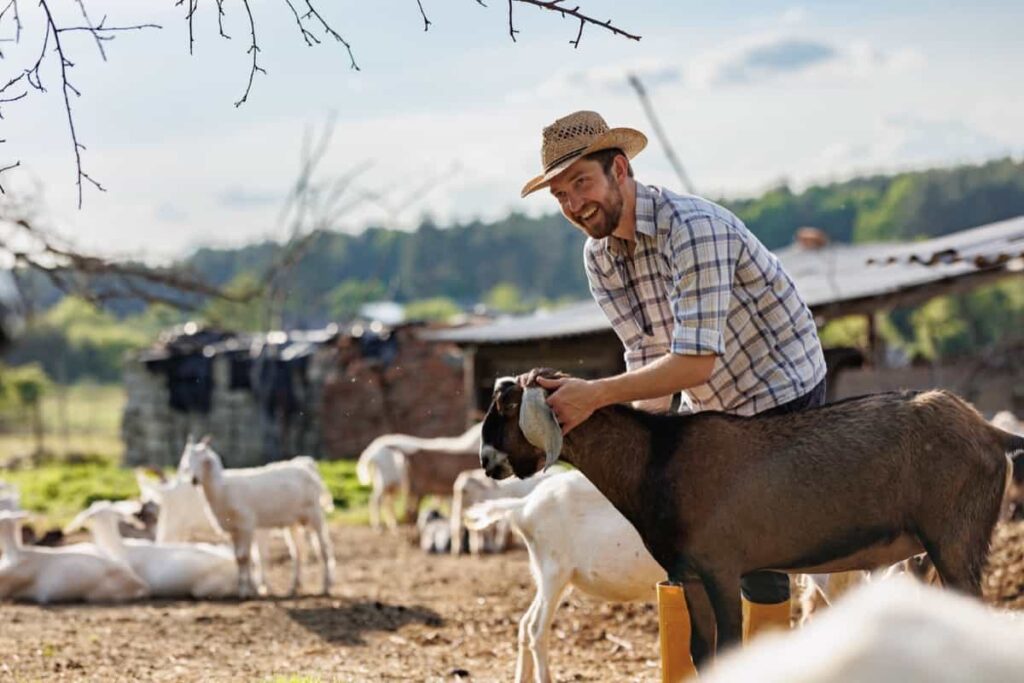The goat farming business has gained popularity due to its sustainability and profitability. However, like any other business venture, careful planning and budgeting are essential to ensure long-term viability. The profitability of goat farming lies in its ability to generate multiple revenue streams. The market demand for goat meat is consistently increasing due to its unique taste.

Budgeting for Goat Farming
Understanding the Costs Involved in Goat Farming
The major cost of goat farming is acquiring suitable land for the farm. The size and location of the land will determine its price, with factors such as accessibility and availability of water sources also impacting cost. Another significant expense is purchasing goats. The breed, age, and quality of the animals can affect their price. It’s important to choose healthy goats with good genetics to ensure a successful breeding program.
Feeding expenses constitute a substantial portion of goat farming costs as well. Veterinary services play an essential role in maintaining the health and well-being of your goats. Marketing expenses cannot be overlooked if you plan to sell goat products, such as milk or meat, directly to consumers or through wholesalers. Advertising materials, packaging supplies, and transportation fees –all contribute to promoting your products effectively.
Creating a Comprehensive Goat Farming Business Budget
A well-planned budget will help you understand and manage your financial resources effectively. It allows you to allocate funds for various aspects of your goat farming operation, such as purchasing livestock, building infrastructure, feed expenses, veterinary care, marketing activities, and other necessary costs. To begin with, it is important to gather accurate information about the costs involved in each aspect of your goat farming business.
Once you have gathered all the necessary information regarding the costs involved in running your goat farm successfully over a period (such as one year), it’s time to create a detailed budget plan so that potential profitability can be assessed accurately. Moreover, your budget should consider long-term investments needed to sustain growth, such as improving breeding techniques; these investments need careful consideration as they would affect cash flow significantly during the initial stages but can lead to sustainable benefits later on if executed properly.
Financial Forecasting for Goat Farming Operations
Financial forecasting involves estimating and projecting future revenues and expenses. You should analyze historical data such as sales records, production costs, and market trends. It’s essential to stay updated with industry news and developments. Keep an eye on changes in feed prices or government regulations that may impact your operation’s profitability.
By incorporating these external factors into your forecast model, you can better predict potential risks and opportunities. Consider implementing different scenarios in your financial forecast. By assessing various possibilities through sensitivity analysis or stress testing techniques, you’ll be better prepared to handle unexpected situations.
Investment Analysis and Capital Budgeting for Goat Farming
This process allows you to assess the financial viability of the venture and make decisions about allocating resources. To begin with, you need to identify the initial costs involved in setting up your goat farm. This includes purchasing land, constructing shelters, buying goats, equipment, veterinary services, and other necessary infrastructure. Thoroughly researching these expenses will help you estimate the total investment required.
In case you missed it: Goat Farming for Milk: Requirements, Business Plan, Licensing, Permits, and Regulations

Next comes capital budgeting – determining how much money should be allocated to each aspect of your operation. You’ll need to prioritize investments based on their potential returns and evaluate different scenarios using various financial metrics. Additionally, consider ongoing operational costs like labor wages, insurance premiums, utility bills, marketing expenses, and maintenance fees when creating your budget.
Risk Management Strategies in Goat Farming Business
Diversify Your Herd: Maintaining a diverse herd helps spread the risk of disease outbreaks or market fluctuations. By breeding different breeds and ages of goats, you reduce the impact of potential health issues on your entire flock.
Implement Biosecurity Measures: Disease outbreaks can devastate a goat farm. To minimize this risk, develop and strictly follow biosecurity protocols such as quarantining new animals before introducing them to the rest of the herd, regular vaccinations, and proper hygiene practices.
Have Adequate Insurance Coverage: Insuring your goat farming business against potential losses due to theft, accidents, or natural disasters provides financial protection when unexpected events occur.
Maintain Financial Reserves: Building an emergency fund is essential for managing unforeseen expenses or decreases in market prices. Having enough cash reserves ensures that you can continue operating even during tough times.
Cash Flow Management and Liquidity Planning for Goat Farming
As with any agricultural venture, it’s important to have a steady cash flow to cover expenses such as feed, veterinary care, labor costs, and equipment maintenance. To effectively manage cash flow, farmers should track their income and expenses regularly. By monitoring cash inflows and outflows, farmers can identify trends that may require adjustments in their budgeting or spending habits. One way to ensure liquidity is by creating a reserve fund for emergencies or unexpected expenses. Another effective strategy is to establish good relationships with suppliers and negotiate favorable payment terms.
Tax Planning and Compliance for Goat Farming Enterprises
Proper tax can help you minimize your tax liabilities while ensuring that you meet all the necessary legal requirements. The first step in tax planning is to understand the specific tax regulations and obligations that apply to goat-farming businesses in your jurisdiction. This includes knowing which taxes you need to pay, such as income tax, sales tax, or property taxes. Maintaining accurate financial records is crucial to ensure compliance with taxation rules. Keep track of all your expenses and income related to goat farming operations.
In case you missed it: Everything You Want to Know about Federal and State Level Goat Farming Grants

This will not only help you calculate taxable income but also provide evidence during audits or assessments by regulatory authorities. Consider consulting with a qualified accountant or a professional specializing in agricultural taxation. Additionally, take advantage of any agricultural-specific provisions within the local taxing system designed specifically for farmers like yourself.
Financial Performance Evaluation and Benchmarking in Goat Farming
Assessing the financial performance of your goat farming business is important to ensure its long-term success. By evaluating key financial indicators, you can gain valuable insights into the profitability, efficiency, and overall health of your operations. One important metric to consider is the return on investment (ROI), which measures how effectively your farm generates profits from invested capital.
Regularly monitoring and evaluating financial performance not only helps identify strengths and weaknesses but also enables informed decision-making in resource allocation, pricing strategies, cost control measures, and future investments.
Cost Control Measures and Expense Optimization in Goat Farming
By effectively managing costs, farmers can maximize their profits and ensure long-term sustainability. The important cost control measure in goat farming is to plan and monitor feed expenses carefully. Goats have specific dietary needs, so it’s essential to provide them with nutritious yet cost-effective feed options. Another area where cost control plays a significant role is herd management.
Implementing energy-saving strategies such as using solar-powered equipment or investing in energy-efficient infrastructure can significantly reduce electricity bills over time. By identifying target markets and establishing strong relationships with buyers, farmers can effectively reach customers at a lower cost than traditional advertising methods.
Long-Term Financial Planning for Sustainable Growth in Goat Farming
- Expansion and Diversification: As your farm grows, consider expanding your operations or diversifying into related areas such as dairy products or breeding services. This can help increase revenue streams and mitigate risks.
- Capital Investment: Evaluate the need for capital investment in infrastructure, equipment, and technology upgrades. These investments can enhance productivity, efficiency, and overall profitability.
- Cost Management: Continuously monitor costs associated with feed, veterinary care, labor, and other inputs. Look for ways to optimize expenses without compromising the health and welfare of your goats.
Frequently Asked Questions (FAQ) on Financial Planning and Budgeting for Goat Farming
What Are the Ongoing Expenses Involved in Maintaining a Goat Farm?
Running a successful goat farming business involves various ongoing expenses that need careful consideration during financial planning. These may include feed and nutrition costs for your goats throughout the year, healthcare expenses, labor costs if you hire employees or helpers, and advertising costs to promote your products effectively.
In case you missed it: Government Subsidy for Goat Farming in Punjab: Eligibility, Documents, and Application Process

Should I Invest in Insurance Coverage for My Goat Farm?
Insurance is crucial to protect against unexpected events that could impact your business financially – such as accidents or natural disasters affecting livestock or property damage claims from third parties who interact with your farm.
How Do I Determine the Profitability of Goat Farming Business?
Profitability in goat farming depends on various factors such as market demand for products like milk or meat, production efficiency/costs per head ratio determined by proper feeding practices & and health management.
Conclusion
Goat farming is the way of raising goats for various purposes like meat, milk, fiber, and even as pets. Before diving into the intricacies of financial budgeting specifically tailored to goat farming, let’s first understand why it is so important. Proper financial planning helps you assess the viability of your business idea by estimating potential revenues and identifying all costs involved.
- Types of Grass Growing for Goat Farm
- How to Train Goats for Milking: A Beginners Guide
- Goat Milking Practices and Equipment: A Beginner’s Guide
- Goat Farming for Fiber: Producing Mohair and Cashmere
- Maximizing Goat Milk Production: Tips for Dairy Goat Farmers
- Goat Farming as a Family Business: Strategies for Success
- Profitable Kenya Goat Breeds for Commercial Dairy and Meat Business
- Unlock the Secrets of Oberhasli Goat: Discover Raising and Management Practices
- Ultimate Guide to Myotonic Goats: Explore Profile to Raising